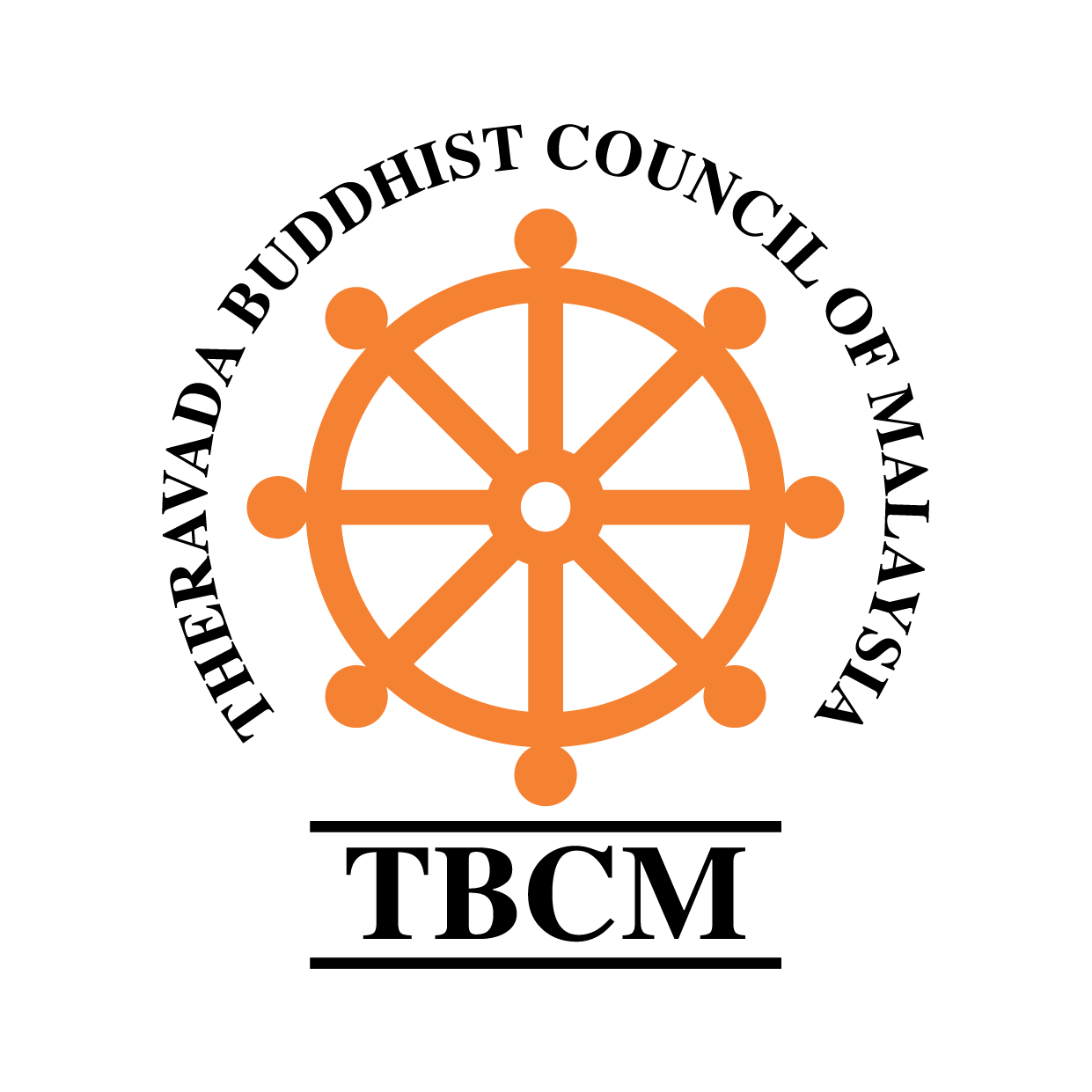BUDDHIST MAHA VIHARA
BUDDHIST MAHA VIHARABrickfields, Kuala Lumpur.The Buddhist Maha Vihara (BMV) was founded in 1894 by the Sasana Abhiwurdhi Wardhana Society (SAWS), the oldest registered Buddhist Society in the Klang Valley.
The SAWS bears a unique distinction of being the 5th Society in the Registry of Societies, Selangor. The SAWS eventually became one of the 22 Societies and the only Buddhist Society that were exempted from registration of the Societies Regulation, 1894 of Selangor.
From its very inception till today, the Vihara has been managed by the Sinhala Buddhist community but always financially supported by the Chinese and Indian communities. The first structure of the Vihara was the Main Shrine room, completed in early 20th Century. The donors for the Shrine Room, as recorded in the Selangor Government Gazette 1896, pg. 408 are clearly the Chinese and Indian community and among the main donors were:
Kapitan Yeap Quang Seng, Towkay Loke Yew, K. Tambusamy Pillay, R. Doraisamy Pillay, Loke Chow Kit, San Peng and Son, Lim Tua Taw, etc…
The Vihara was always the focal point to mobilize the Buddhists community. The large gathering to protest and stop the screening the then controversial film “Light of Asia” in 1927 in Malaysia was also held at the Vihara, and so was one of the mass gathering and signature campaigns in the 1960s to lobby the government to declare Wesak as a national holiday.
During the Emergency period of 1948-1960, monks from the Vihara made a massive impact reaching out to calm and educate the psychologically disoriented Chinese New Villagers who were evicted from their traditional lands and placed in new settlements by the Government who were fighting a communist insurgency.
Since the 1940s, the Vihara commenced a free Dhamma publications program as a Dhammadutta outreach to the masses which by the year 2012 is made available in 26 languages, with millions of copies of books and CDs produced. The Vihara’s Buddhist Institute Sunday Dhamma School (BISDS), founded in 1929, is the oldest Sunday School in the country and continues to produce systematic books on Buddhist studies for children.
The Wesak procession organized by the Vihara since the 1890s is the oldest and largest religious procession in the country. The Wesak month long celebrations at the Vihara attract about 100,000 people.
The SAWS is also one of the founding members of the Malaysian Consultative Council for Buddhism, Christianity, Hinduism, Sikhism and Taoisme (MCCBCHST) formed in 1983, a Council which constructively engages the Government on matters affecting non-Muslims in the country. The MCCBCHST Administrative office is based at the Vihara.
In 2004, the Vihara was a major focal point in the country to collect relief aid to assist the South Asian Tsunami that killed almost 280,000 people. More than 40 forty foot container equivalent of relief aid were dispatched out by the Vihara to Sri Lanka, Indonesia, India, Myanmar and Thailand by air, sea and land.
Buddhists remain to be the country’s largest organ donors, thanks to Cornea and Organ Donation Campaign actively carried out by the Vihara and the Mahindarama Buddhist Temple in Penang.
The Vihara continues to operate to deliver its obligation to the Buddhist community till this day and is governed and directed by its Vision, 4 Missions, 6 Strategic Objectives and 4 Ennoblers in tribute and gratitude to all our past and current Sangha, volunteers, donors, Kalyana Mitras, etc. We would be failing in our duty if we fail to mention the name of the foremost amongst them, our late Venerable Chief, ie. Ven Dr Kirinde Sri Dhammananda, to whom we are ever grateful.
**********************************************
Vision :To be a leading international center for the Learning, Practice and Dissemination of the Buddha Dhamma
Mission :To provide a conducive environment to:- promote scholarship and study of the Buddha Dhamma- propagate the Buddha Dhamma- be the focus of Buddhist activities for the larger community- foster Theravada Buddhist cultural and traditional practices
Six Strategic Objectives :To be the Buddhist center of choice for:1. Learning, Practicing and Realization of the Dhamma2. Spreading the Dhamma3. Buddhist Civilization4. Synergy groupings to sustain the Buddha Sasana5. Compassion in Action6. Financial Accountability while delivering Cultural Obligations
Four Ennoblers:1. Loving Kindness2. Compassion3. Altruistic Joy4. Equanimity
Visit the Buddhist Mahavihara web page here .. http://www.buddhistmahavihara.com/home.php
Profile submitted by Sumanananda PremaseriPosted by CFFong


